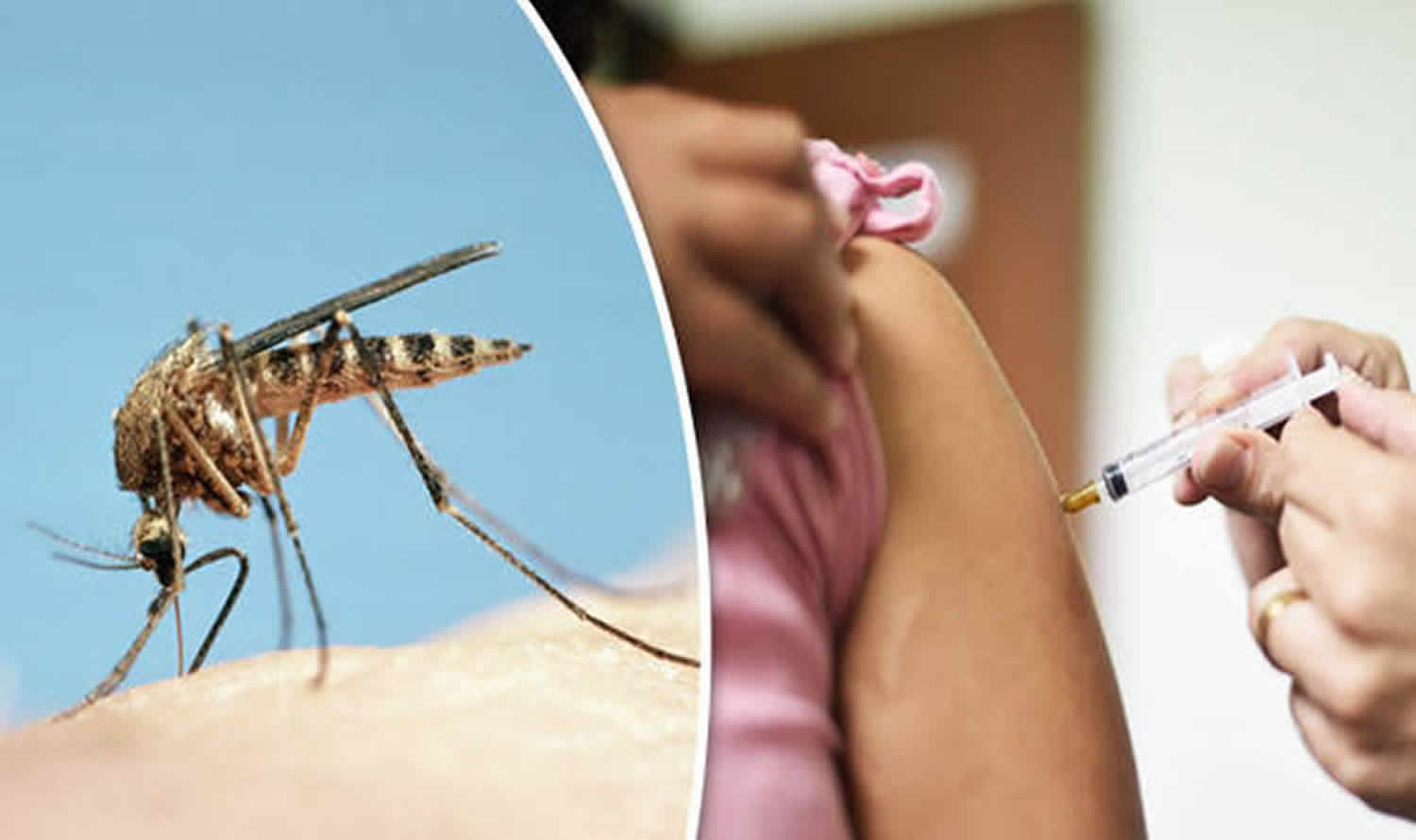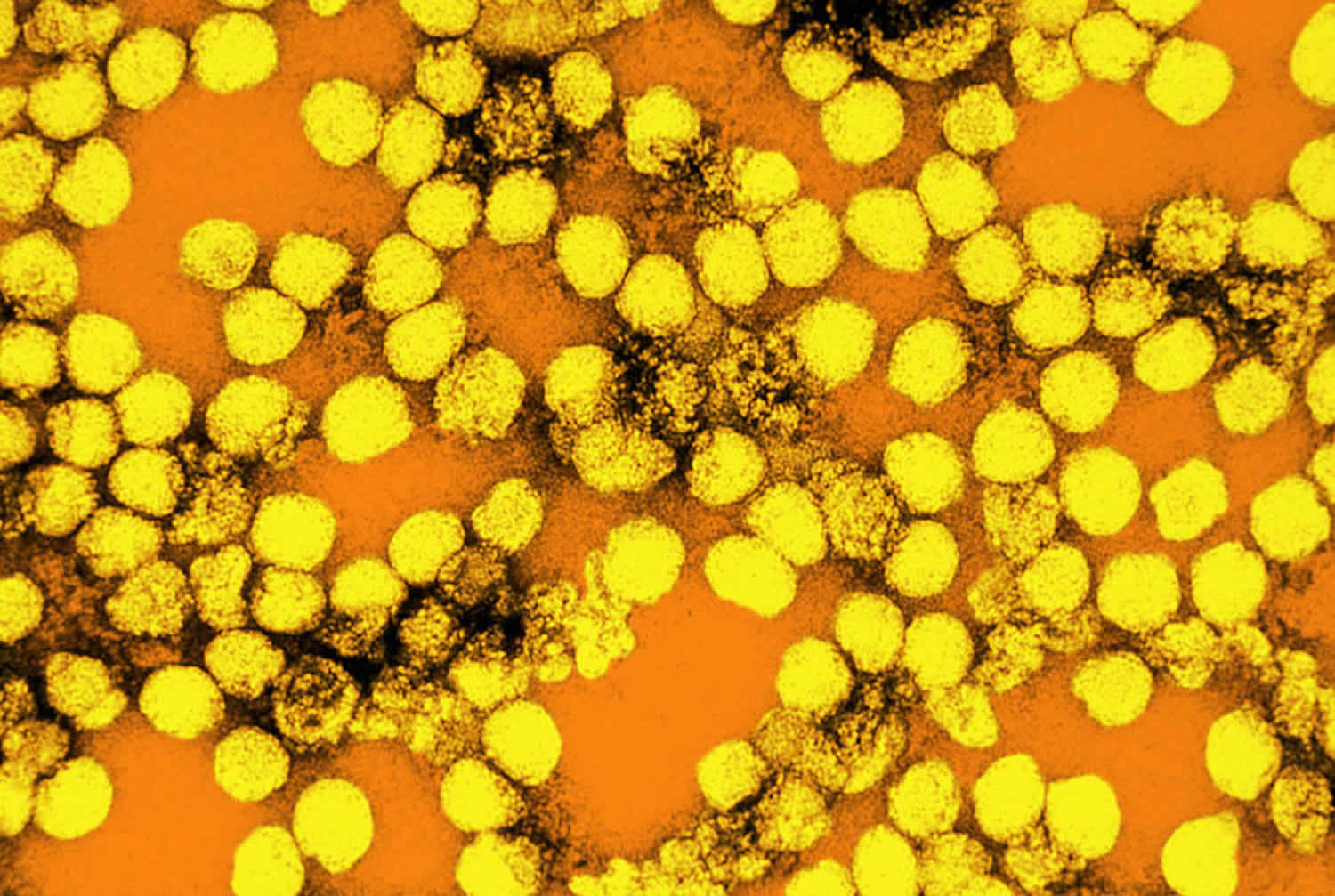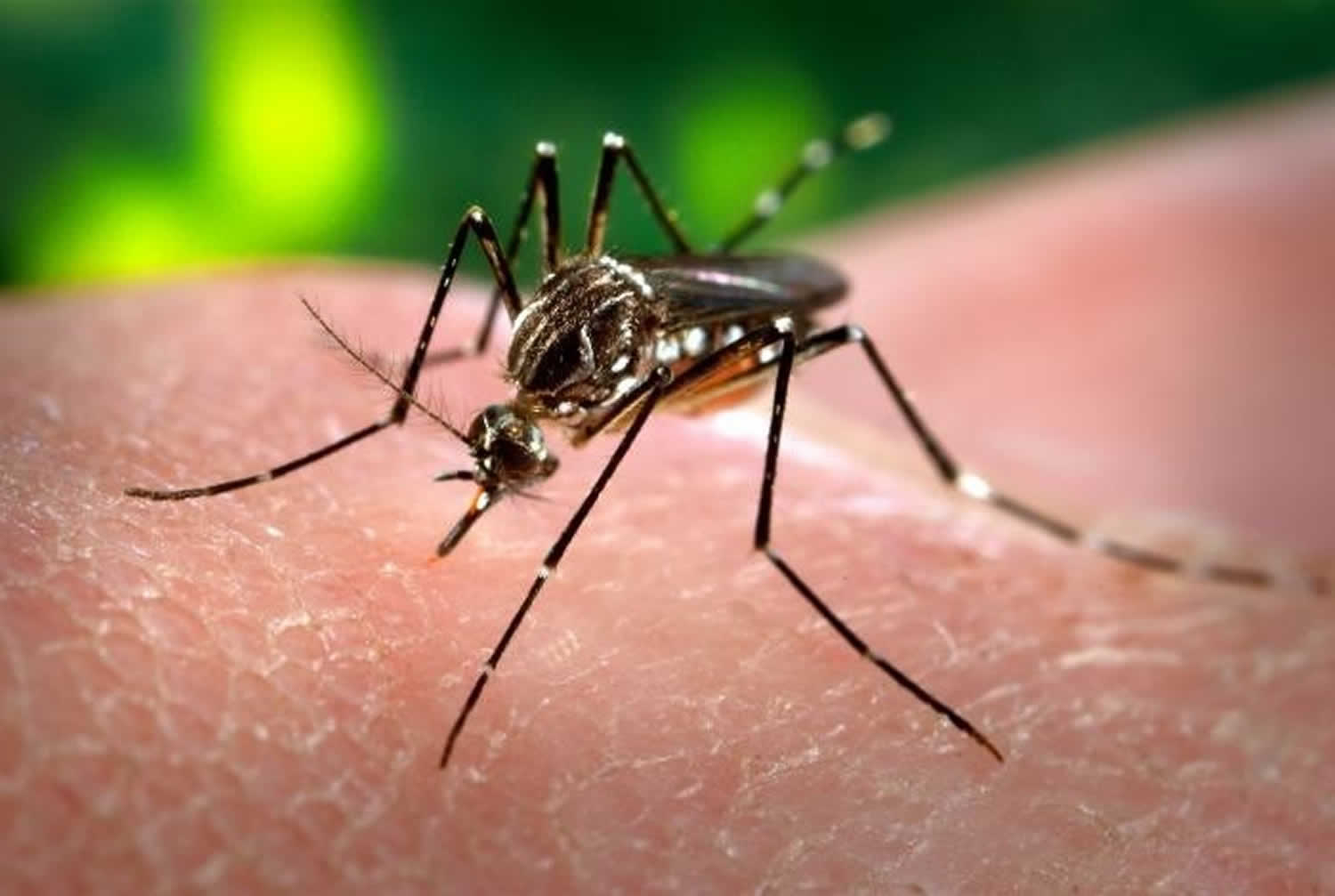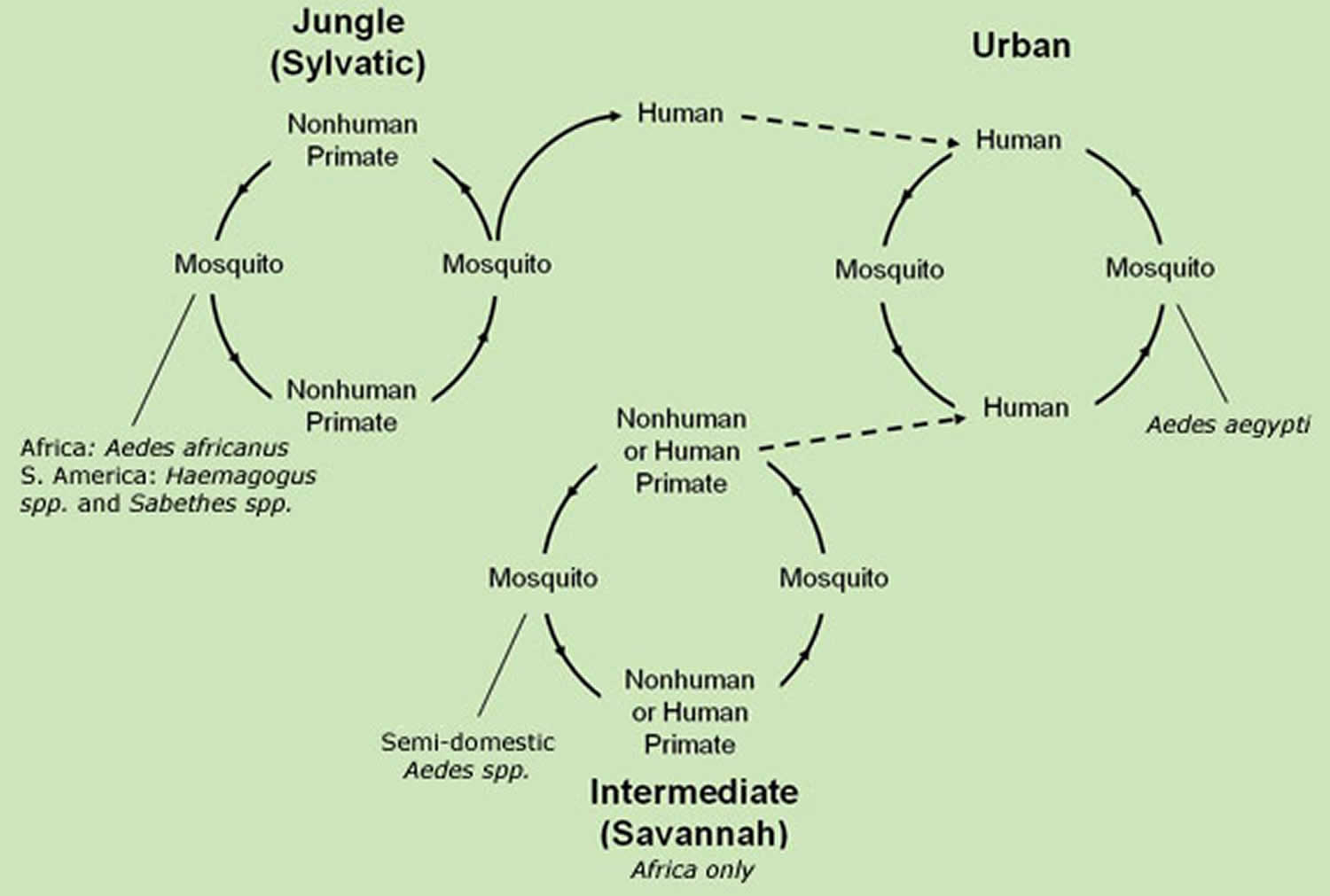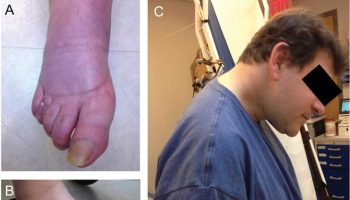Contents
What is yellow fever
Yellow fever is a serious infection spread by mosquitoes. The yellow fever virus is found in tropical and subtropical areas of Africa, South America, Central America and the Caribbean. Yellow fever virus is spread to people by the bite of an infected mosquito. Yellow fever is a very rare cause of illness in U.S. travelers. Illness ranges from a fever with aches and pains to severe liver disease with bleeding and yellowing skin (jaundice). Yellow fever infection is diagnosed based on laboratory testing, a person’s symptoms, and travel history. There is no medicine to treat or cure infection. To prevent getting sick from yellow fever, use insect repellent, wear long-sleeved shirts and long pants, and get vaccinated.
Yellow fever symptoms
During the first three to six days after you’ve being infected with yellow fever — the incubation period — you won’t experience any signs or symptoms. After this, the infection enters an acute phase and then, in some cases, a toxic phase that can be life-threatening.
Yellow fever symptoms include:
- a high temperature (fever) of 100.4 °F (38 °C) or above
- a headache
- feeling sick or vomiting
- muscle pain and backache
- your eyes being sensitive to light
- loss of appetite and feeling generally unwell
Most people make a full recovery after three or four days.
A few people go on to get more serious symptoms, such as:
- yellowing of the skin and eyes (jaundice)
- bleeding from the mouth, nose or eyes
- vomiting blood or blood in poop
Up to half of those who get serious symptoms die.
There’s no cure for yellow fever, but the symptoms can be treated while your body fights off the infection. As a result, treatment consists primarily of supportive care in a hospital. This includes providing fluids and oxygen, maintaining adequate blood pressure, replacing blood loss, providing dialysis for kidney failure, and treating any other infections that develop. Some people receive transfusions of plasma to replace blood proteins that improve clotting.
Most people make a full recovery after three or four days.
If you have yellow fever, your doctor will likely recommend that you stay inside, away from mosquitoes, to avoid transmitting the disease to others. Once you’ve had yellow fever, you’ll be immune to the disease for the rest of your life.
There’s no antiviral medications have proved helpful in treating yellow fever virus infection. But getting a yellow fever vaccine before traveling to an area in which the virus is known to exist can protect you from the disease.
- The yellow fever vaccine can stop you from getting Yellow Fever if you’re traveling to an area where the infection is found.
The yellow fever vaccine is recommended if you’re traveling to:
- an area where yellow fever is found
- a country that requires you to have a certificate proving you’ve been vaccinated against yellow fever
You need to have the vaccine at least 10 days before traveling to give it enough time to work. Your certificate will only be valid after this time.
The yellow fever vaccine is given as an injection into your upper arm.
But even if you’ve been vaccinated, it’s important to prevent insect bites as mosquitoes can also spread other serious illnesses.
Yellow fever key facts
- There is no medicine to treat or cure infection from yellow fever.
- Rest, drink fluids, and use pain relievers and medication to reduce fever and relieve aching.
- Avoid certain medications, such as aspirin or other nonsteroidal anti-inflammatory drugs (NSAIDs), for example ibuprofen (Advil, Motrin), or naproxen (Aleve), which may increase the risk of bleeding.
- People with severe symptoms of yellow fever infection should be hospitalized for close observation and supportive care.
- If after returning from travel you have symptoms of yellow fever (usually about a week after being bitten by an infected mosquito), protect yourself from mosquito bites for up to 5 days after symptoms begin. This will help prevent spreading yellow fever to uninfected mosquitoes that can spread the virus to other people.
- The yellow fever vaccine can stop you from getting Yellow Fever if you’re traveling to an area where the infection is found.
Yellow fever complications
Yellow fever results in death for 30 to 60 percent of those who develop severe disease. Complications during the toxic phase of a yellow fever infection include kidney and liver failure, jaundice, delirium, and coma.
People who survive the infection recover gradually over a period of several weeks to months, usually without significant organ damage. During this time a person may experience fatigue and jaundice. Other complications include secondary bacterial infections, such as pneumonia or blood infections.
Before travel
- Four weeks or more before your trip, make an appointment to see your doctor if you’re traveling to an area in which yellow fever is known to occur so that you discuss whether you need the yellow fever vaccine.
- If you have less than four weeks to prepare, call your doctor anyway. Ideally, you’ll be able to be vaccinated at least three to four weeks before traveling to an area where yellow fever occurs to give the vaccine time to work. Your doctor will help you determine whether you need vaccinations and can provide general guidance on protecting your health while abroad.
During travel
- See a doctor straight away if you get symptoms of yellow fever while traveling in an area where yellow fever infection is found.
After travel
- Seek emergency medical care if you’ve recently traveled to a region where yellow fever is known to occur and you develop signs or symptoms of the toxic phase of the disease.
- Call your doctor if you develop mild symptoms, after traveling to a region where yellow fever occurs.
Who should have the yellow fever vaccine
The yellow fever vaccine is recommended for people from nine months of age who are traveling to:
- an area where yellow fever is found – including most of sub-Saharan Africa, most of South America, and parts of Central America and the Caribbean
- a country that requires you to have a certificate proving you’ve been vaccinated against yellow fever
You should be vaccinated at least 10 days before you travel to allow enough time for the vaccine to work.
Some people might not be able to have the vaccine because there’s a risk it could make them unwell.
Side effects of the yellow fever vaccine
The yellow fever vaccine can cause some side effects, but the risk of not being vaccinated usually outweighs the risk of having side effects.
After having the vaccine, up to one in every three people gets:
- a headache
- muscle pain
- a mild fever
- soreness at the injection site
These side effects usually pass within two weeks.
There are also some more serious but very rare side effects that can occur, including an allergic reaction and problems affecting the brain or organs. These occur less than 10 times for every million doses of vaccine given.
Get medical advice if you feel very unwell within a few days or weeks of having the yellow fever vaccine.
How long the yellow fever vaccine lasts?
The yellow fever vaccine provides lifelong protection for most people.
Booster doses and new vaccination certificates used to be recommended every 10 years for people who continued to be at risk of the infection, but this is no longer necessary in most cases.
All yellow fever vaccination certificates are now valid for life, including older ones with an expiry date on them.
Booster doses are usually only recommended if all the following apply:
- you’re traveling to an area where yellow fever is found
- you were last vaccinated more than 10 years ago
- when you were last vaccinated, you were under two years old, pregnant, or had a weakened immune system – for example, because of HIV or preparation for a bone marrow transplant
Contact a yellow fever vaccination center for advice if you’re not sure if you need a booster dose before traveling.
Who can’t have the yellow fever vaccine?
The yellow fever vaccine isn’t always recommended for some people, including:
- babies under nine months of age – babies who are six to nine months old may sometimes be vaccinated if the risk of getting yellow fever is high
- pregnant and breastfeeding women
- people over the age of 60
- people with weakened immune systems – such as those with HIV
- people who are very allergic to any of the ingredients in the vaccine – including people with an egg allergy
Contact a yellow fever vaccination center for advice if you need a vaccination certificate for the country you’re visiting but you’re not sure if you can have the vaccine.
They may provide you with an exemption letter, which may be accepted by officials in countries that usually require a vaccination certificate.
Take extra care to prevent insect bites while traveling if you haven’t been vaccinated.
Yellow fever vaccination certificate
Some countries require a certificate showing you’ve been vaccinated before you’re allowed entry – this is known as an International Certificate of Vaccination or Prophylaxis.
You’ll be given a certificate when you’re vaccinated at a yellow fever vaccination center.
Check the country information on the Travel Health Pro website (https://travelhealthpro.org.uk/countries) or with a yellow fever vaccination center to see if you need a certificate for the area you’re visiting. A certificate isn’t required for entry into the US or UK.
If you lose your certificate, you may be able to get another one reissued if you have details of the vaccination batch number and the date you had the vaccination.
What causes yellow fever
Yellow fever is caused by a yellow fever virus that is spread by the Aedes aegypti mosquito or Haemagogus species mosquitoes. These mosquitoes thrive in and near human habitations where they breed in even the cleanest water. Most cases of yellow fever occur in sub-Saharan Africa and tropical South America.
These mosquitoes acquire the virus by feeding on infected primates (human or non-human) and then can transmit the virus to other primates (human or non-human). People infected with yellow fever virus are infectious to mosquitoes (referred to as being “viremic”) shortly before the onset of fever and up to 5 days after onset.
Humans and monkeys are most commonly infected with the yellow fever virus. Mosquitoes transmit the virus back and forth between monkeys, humans or both.
When a mosquito bites a human or a monkey infected with yellow fever, the virus enters the mosquito’s bloodstream and circulates before settling in the salivary glands. When the infected mosquito bites another monkey or human, the virus then enters the host’s bloodstream, where it may cause illness.
Yellow fever virus is an RNA virus that belongs to the genus Flavivirus. It is related to West Nile, St. Louis encephalitis, and Japanese encephalitis viruses.
Figure 1. Yellow fever virus
Figure 2. Yellow fever mosquito (Aedes aegypti mosquito)
Risk factors for getting yellow fever
You may be at risk of the disease if you travel to an area where mosquitoes continue to carry the yellow fever virus. These areas include sub-Saharan Africa and tropical South America.
Even if there aren’t current reports of infected humans in these areas, it doesn’t mean you’re risk-free. It’s possible that local populations have been vaccinated and are protected from the disease, or that cases of yellow fever just haven’t been detected and officially reported.
If you’re planning on traveling to these areas, you can protect yourself by getting a yellow fever vaccine at least several weeks before traveling.
Anyone can be infected with the yellow fever virus, but older adults are at greater risk of getting seriously ill.
How is yellow fever spread?
Yellow fever is a virus spread by mosquito bites. You can’t get it from close contact with someone who has it.
The mosquitoes that spread the infection are found in towns and rural areas. They mainly bite during the day.
If you’re traveling to an area where yellow fever is found, try to avoid being bitten – even if you’ve been vaccinated – as mosquitoes can also spread other serious illnesses, such as malaria and dengue.
You can do this by using mosquito nets, wearing clothes that cover your arms and legs, and using insect repellent containing 50% DEET.
Yellow fever virus has three transmission cycles:
- Jungle (sylvatic) cycle. The jungle (sylvatic) cycle involves transmission of the virus between non-human primates (e.g., monkeys) and mosquito species found in the forest canopy. The virus is transmitted by mosquitoes from monkeys to humans when humans are visiting or working in the jungle.
- Intermediate (savannah) cycle. In Africa, an intermediate (savannah) cycle exists that involves transmission of virus from mosquitoes to humans living or working in jungle border areas. In this cycle, the virus can be transmitted from monkey to human or from human to human via mosquitoes.
- Urban cycle. The urban cycle involves transmission of the virus between humans and urban mosquitoes, primarily Aedes aegypti. The virus is usually brought to the urban setting by a viremic human who was infected in the jungle or savannah.
Figure 3. Yellow fever transmission cycle
Yellow fever prevention
The most effective way to prevent infection from Yellow Fever virus is to prevent mosquito bites and get Yellow Fever vaccination. Mosquitoes bite during the day and night. Use insect repellent, wear long-sleeved shirts and pants, treat clothing and gear, and get vaccinated before traveling, if vaccination is recommended for you.
Yellow Fever vaccine
A highly effective vaccine exists to prevent yellow fever. Yellow fever is known to be present in sub-Saharan Africa and parts of South America. If you live in one of these areas, talk to your doctor about whether you need the yellow fever vaccine. If you plan to travel in these areas, talk with your doctor at least 10 days, but preferably three to four weeks, before your trip begins. Some countries require travelers to present a valid certificate of immunization upon entry.
A single dose of the yellow fever vaccine provides protection for at least 10 years. Side effects are usually mild, lasting five to 10 days, and may include headaches, low-grade fevers, muscle pain, fatigue and soreness at the site of injection. More-significant reactions — such as developing a syndrome similar to actual yellow fever, inflammation of the brain (encephalitis) or death — can occur, most often in infants and older adults. The vaccine is considered safest for those between the ages of 9 months and 60 years.
Talk to your doctor about whether the yellow fever vaccine is appropriate if your child is younger than 9 months, if you have a weakened immune system (immunocompromised), are pregnant or if you’re older than 60 years.
Prevent Mosquito Bites
Use Insect Repellent
List of insect repellant products approved by the EPA : https://www.epa.gov/insect-repellents/find-repellent-right-you
Use Environmental Protection Agency (EPA)-registered insect repellents with one of the active ingredients below. When used as directed, EPA-registered insect repellents are proven safe and effective, even for pregnant and breastfeeding women.
- DEET
- Picaridin (known as KBR 3023 and icaridin outside the US)
- IR3535
- Oil of lemon eucalyptus (OLE)
- Para-menthane-diol (PMD)
- 2-undecanone
Tips for babies and children
- Always follow instructions when applying insect repellent to children.
- Do not use insect repellent on babies younger than 2 months old.
- Instead, dress your child in clothing that covers arms and legs.
- Cover strollers and baby carriers with mosquito netting.
- Do not use products containing oil of lemon eucalyptus (OLE) or para-menthane-diol (PMD) on children under 3 years old.
- Do not apply insect repellent to a child’s hands, eyes, mouth, cuts, or irritated skin.
- Adults: Spray insect repellent onto your hands and then apply to a child’s face.
Tips for Everyone
- Always follow the product label instructions.
- Reapply insect repellent as directed.
- Do not spray repellent on the skin under clothing.
- If you are also using sunscreen, apply sunscreen first and insect repellent second.
Natural insect repellents (repellents not registered with EPA)
- Experts do not know the effectiveness of non-EPA registered insect repellents, including some natural repellents.
- To protect yourself against diseases spread by mosquitoes, CDC and EPA recommend using an EPA-registered insect repellent.
- Choosing an EPA-registered repellent ensures the EPA has evaluated the product for effectiveness.
- Visit the EPA website to learn more (https://www.epa.gov/insect-repellents).
Protect your baby or child
- Dress your child in clothing that covers arms and legs.
- Cover crib, stroller, and baby carrier with mosquito netting.
Wear long-sleeved shirts and long pants
Treat clothing and gear:
- Use permethrin to treat clothing and gear (such as boots, pants, socks, and tents) or buy permethrin-treated clothing and gear.
- Permethrin is an insecticide that kills or repels mosquitoes.
- Permethrin-treated clothing provides protection after multiple washings.
- Read product information to find out how long the protection will last.
- If treating items yourself, follow the product instructions.
Do NOT use permethrin products directly on skin.
Take steps to control mosquitoes indoors and outdoors:
- Use screens on windows and doors. Repair holes in screens to keep mosquitoes outdoors.
- Use air conditioning, if available.
- Stop mosquitoes from laying eggs in or near water.
- Once a week, empty and scrub, turn over, cover, or throw out items that hold water, such as tires, buckets, planters, toys, pools, birdbaths, flowerpots, or trash containers.
- Check indoors and outdoors.
Prevent mosquito bites when traveling overseas:
- Choose a hotel or lodging with air conditioning or screens on windows and doors.
- Sleep under a mosquito bed net if you are outside or in a room that does not have screens.
- Buy a bed net at your local outdoor store or online before traveling overseas.
- Choose a WHOPES-approved bed net: compact, white, rectangular, with 156 holes per square inch, and long enough to tuck under the mattress.
- Permethrin-treated bed nets provide more protection than untreated nets.
- Do not wash bed nets or expose them to sunlight. This will break down the insecticide more quickly.
The following can reduce your risk of being bitten:
- use insect repellent – products containing 50% DEET are most effective, but lower concentrations (15-30% DEET) should be used in children, and alternatives to DEET should be used in children younger than two months
- wear loose but protective clothing – mosquitoes can bite through tight-fitting clothes; trousers, long-sleeved shirts, and socks and shoes (not sandals) are ideal
- sleep under a mosquito net – ideally one that has been treated with insecticide
- be aware of your environment – mosquitoes that spread Yellow Fever virus breed in standing water in urban areas
- stay in air-conditioned or well-screened housing. The mosquitoes that carry the Yellow Fever virus are most active from dawn to dusk, but they can also bite at night.
It’s a good idea to speak to your doctor, practice nurse or a travel clinic before traveling to get specific advice about what you can do to avoid Yellow Fever virus (e.g., Yellow Fever vaccination) and other travel illnesses.
Is yellow fever contagious?
No. Yellow fever is a virus spread by mosquito bites. You can’t get it from close contact with someone who has it.
The mosquitoes acquire the Yellow fever virus by feeding on infected primates (human or non-human) and then can transmit the virus to other primates (human or non-human). The mosquitoes transmit the virus back and forth between monkeys, humans or both.
When a mosquito bites a human or a monkey infected with yellow fever, the virus enters the mosquito’s bloodstream and circulates before settling in the salivary glands. When the infected mosquito bites another monkey or human, the virus then enters the host’s bloodstream, where it may cause illness.
If you’re traveling to an area where yellow fever is found, try to avoid being bitten – even if you’ve been vaccinated – as mosquitoes can also spread other serious illnesses, such as malaria and dengue.
You can do this by using mosquito nets, wearing clothes that cover your arms and legs, and using insect repellent containing 50% DEET.
Yellow fever symptoms
The majority of people infected with yellow fever virus will either not have symptoms, or have mild symptoms and completely recover.
For people who develop symptoms, the time from infection until illness is typically 3 to 6 days.
Because there is a risk of severe disease, all people who develop symptoms of yellow fever after traveling to or living in an area at risk for the virus should see their healthcare provider. Once you have been infected, you are likely to be protected from future infections.
Yellow fever symptoms:
- Most people will not have symptoms.
Acute phase
- Some people will develop yellow fever illness with initial symptoms including:
- Sudden onset of fever
- Chills
- Severe headache
- Back pain
- General body aches
- Muscle aches, particularly in your back and knees
- Sensitivity to light
- Loss of appetite
- Dizziness
- Red eyes, face or tongue
- Nausea
- Vomiting
- Fatigue (feeling tired)
- Weakness
- Most people with the initial symptoms improve within one week.
- For some people who recover, weakness and fatigue (feeling tired) might last several months.
Toxic phase
Although signs and symptoms may disappear for a day or two following the acute phase, some people with acute yellow fever then enter a toxic phase. During the toxic phase, acute signs and symptoms return and more-severe and life-threatening ones also appear.
- A few people will develop a more severe form of the disease.
- For 1 out of 7 people who have the initial symptoms, there will be a brief remission (a time you feel better) that may last only a few hours or for a day, followed by a more severe form of the disease.
- Severe symptoms include:
- High fever
- Yellowing of your skin and the whites of your eyes (jaundice)
- Bleeding from your nose, mouth and eyes
- Shock
- Organ failure
- Abdominal pain and vomiting, sometimes of blood
- Decreased urination
- Slow heart rate (bradycardia)
- Liver and kidney failure
- Brain dysfunction, including delirium, seizures and coma
- Severe yellow fever disease can be deadly. If you develop any of these symptoms, see a healthcare provider immediately.
- Among those who develop severe disease, 30-60% die.
Yellow fever diagnosis
Diagnosing yellow fever based on signs and symptoms can be difficult because early in its course, the infection can be easily confused with malaria, typhoid, dengue fever and other viral hemorrhagic fevers.
A presumptive diagnosis of yellow fever is often based on the patient’s clinical features, places and dates of travel (if the patient is from a non-endemic country or area), activities, and epidemiologic history of the location where the presumed infection occurred.
To diagnose your condition, your doctor will likely:
- Ask questions about your medical and travel history
- Collect a blood sample for testing
If you have yellow fever, your blood may reveal the virus itself. If not, blood tests also can detect antibodies and other substances specific to the virus.
Diagnostic Testing
Laboratory diagnosis of yellow fever is generally accomplished by testing of serum to detect virus-specific IgM and neutralizing antibodies. Sometimes the virus can be found in blood samples taken early in the illness.
In fatal cases, nucleic acid amplification, histopathology with immunohistochemistry, and virus culture of biopsy or autopsy tissues can also be positive. Only a few state laboratories or other specialized laboratories, including those at Centers for Disease Control and Prevention (CDC), are capable of doing these specialized tests.
Test results are normally available 4 to 14 days after specimen receipt. Reporting times for test results may be longer during summer months when domestic arbovirus activity increases. Receipt of a hard copy of the results will take at least 2 weeks after testing is completed. Initial serological testing will be performed using IgM-capture ELISA, MIA (Microsphere-based Immunoassay) and IgG ELISA. If the initial results are positive, further confirmatory testing may delay the reporting of final results. ALL RESULTS WILL BE SENT TO THE APPROPRIATE STATE HEALTH DEPARTMENT.
Yellow fever treatment
There’s no cure for yellow fever, but the symptoms can be treated while your body fights off the infection.
Most people make a full recovery after three or four days.
Painkillers such as paracetamol or ibuprofen can help lower your temperature and relieve aches or pains in the meantime. Also drink plenty of fluids to avoid dehydration.
If you have more serious symptoms, you may need to go into hospital for close monitoring and treatment of your symptoms until you’re feeling better.
